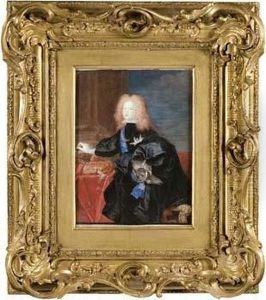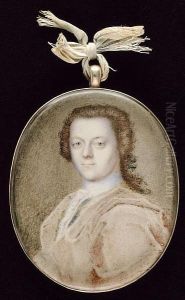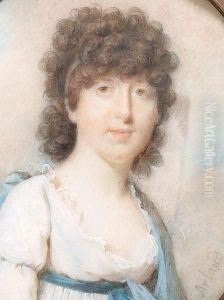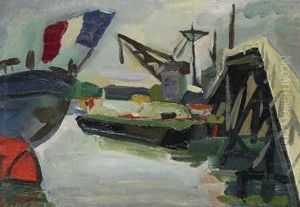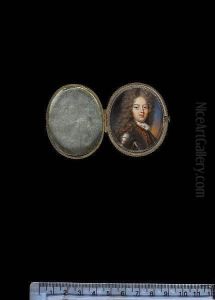Jacques Antoine Arlaud Paintings
Jacques Antoine Arlaud was a Swiss painter and engraver born on May 18, 1668, in Geneva. Coming from a family with an artistic background, Arlaud developed an early interest in the arts. His father, Daniel Arlaud, was a jeweller and medalist, which provided Jacques Antoine with a milieu rich in craftsmanship and aesthetic appreciation.
Arlaud initially studied painting in Geneva before moving to Paris, where he continued his education. In Paris, he was particularly influenced by the works of contemporary French portraitists, which helped him refine his own artistic style. His talent in portraiture gained recognition, and he soon found patronage among the aristocracy and even royalty. Arlaud's ability to capture the likeness and character of his sitters with a distinct elegance made him a sought-after portraitist of his time.
In 1697, Arlaud was appointed as a painter to the court of the Duke of Aumont. His reputation further flourished when he received commissions from members of the House of Bourbon, particularly after painting a portrait of Louis XIV, which significantly enhanced his fame and standing in the art world. Arlaud's works are noted for their delicate brushwork, attention to detail, and the rich, vibrant colors he employed in his portraits.
Aside from his painting career, Arlaud also made significant contributions to the field of engraving. He was adept at creating engravings that reproduced the works of other painters, a common practice at the time for disseminating art among those who could not afford original paintings. His engravings were celebrated for their accuracy and artistic quality, which helped perpetuate the popularity of the original works and his own reputation as an engraver.
Later in life, Arlaud returned to Geneva where he continued to paint and engrave. He founded the city's first drawing academy in 1720, which contributed greatly to the cultural life of Geneva and the education of future artists. Jacques Antoine Arlaud passed away on December 7, 1743, in Geneva. His legacy is preserved through his portraits, which offer a glimpse into the faces and fashions of 17th and early 18th-century European aristocracy, as well as through his influence on the development of art education in his hometown.
